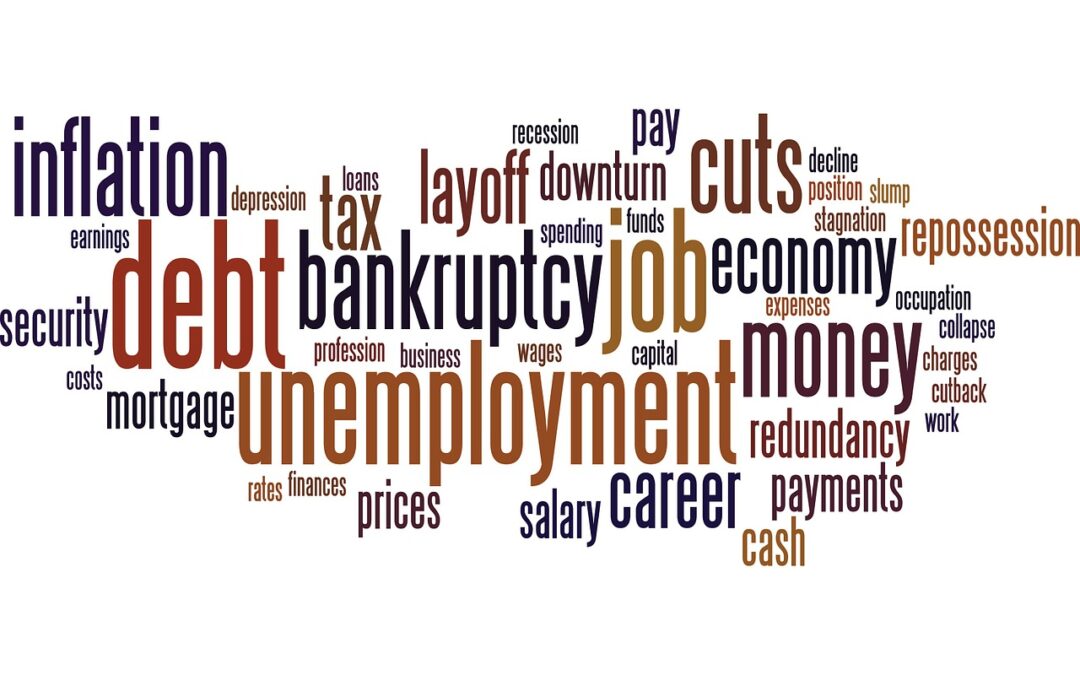Unemployment: Shifting Dynamics in a Post-Pandemic Landscape
Unemployment can be caused by numerous events and circumstances. However, no matter the cause, the outcome for most remains the same. Losing the stability and security that coincides with employment can lead to many adverse effects for people, the gravest being suicide.
While economists grappled with the broader economic implications, it is essential to shift focus toward the individual toll. The unsettling parallels between unemployment’s impact and suicide risk factors come into sharper focus, prompting a reevaluation of our approach to post-pandemic recovery.
Unemployment, once exacerbated by the COVID-19 pandemic, continues to hold its sway over the social and economic fabric of the United States. While the pandemic’s initial impact has subsided, the repercussions linger, reminding us that the aftermath of widespread job loss extends beyond economic figures. The effects of unemployment, long recognized for their potential to drive individuals towards adverse outcomes, particularly suicide, demand our attention in the context of a post-pandemic era.
The United States experienced an unprecedented surge in unemployment rates during the height of the pandemic.
According to the Pew Research Center, the U.S. unemployment rate increased from 3.8% in February 2020 to 13.0% by May 2020.
With this level of unemployment, it is easy to focus on the greater economic problem for the country as a whole. However, it is equally important to address the social impact that this rise in unemployment is having on individuals.
Moreover, we need to notice the alarming similarities between the effects of unemployment on individuals and the risk factors for suicide.
Research shows that unemployment is associated with an increased risk of suicide to at least some degree.
Various studies list differing statistics regarding the level at which suicide is connected to unemployment rates. Murphy and Athansou’s 1999 meta-analysis found that 14 out of 16 studies showed a significant negative association between unemployment and mental health.
It is difficult to directly point to unemployment as the cause of suicide because of the individual and contextual factors that are also at play. However, when looking at the effects of unemployment and the risk factors for suicide, the connection between the two is very clear.
[Related: Facts About Unemployment & Suicide]
Unemployment Effects on the Individual:
- Financial difficulties (can lead to home foreclosure and/or homelessness)
- Decreased standard of living
- The onset of anxiety and/or depression
- Substance abuse (alcohol and/or drugs)
- Negative impact on relationships/loss of social contacts
- Loss of skills (loss of human capital)
- Lower self-esteem
- Feelings of stigma and or shame
Suicide Risk Factors:
- Socioeconomic problems (unemployment, poverty, homelessness)
- Genetics
- Depression
- Substance misuse
- Loss of pleasure in life
- Major life changes
- Loss of job or family member
- Social isolation
- Feelings of hopelessness and poor coping skills
The similarities are evident. Though it may be difficult to directly point to a cause-and-effect relationship between unemployment and suicide, it is clear that the impact unemployment can have on an individual largely correlates to the risk factors associated with suicide.
Social Impact of the COVID-19 Pandemic:
- Increase in the unemployment rate
- Increase in homelessness
- Loss of religious communities (cancellation of worship services)
- Social isolation
- Loss of social connectedness, loneliness
- Increase in domestic violence cases
- Supply shortages (fear of the unknown, loss of trust)
The effects caused by COVID-19 listed above closely mimic the risk factors related to suicide. Together, COVID-19 and unemployment had a severe effect on upcoming suicide rates.
According to the World Health Organization, each suicide in a population is accompanied by more than 20 suicide attempts. Thus, it is crucial that we acknowledge both the social and mental impact that unemployment and COVID-19 have on our current society.
To address what can be done about this increasing rate of unemployment, it can be helpful to also be aware of the protective factors associated with suicide ideation.
Protective Factors:
- Equipping individuals with life skills and effective coping mechanisms
- Fostering a sense of purpose and meaning
- Ensuring access to adequate medical and mental health care
- Nurturing connections within families, communities, and social institutions
Although many of the conditions above seem more difficult to achieve now more than ever, these factors should not go unnoticed. On average, there are 132 suicides per day.
If you or someone you know is experiencing the adverse effects caused by unemployment and seemingly do not have any of the protective factors mentioned, it needs to be noticed.
National Suicide Prevention Lifeline
24 hours, English and Spanish
1-800-273-8255

